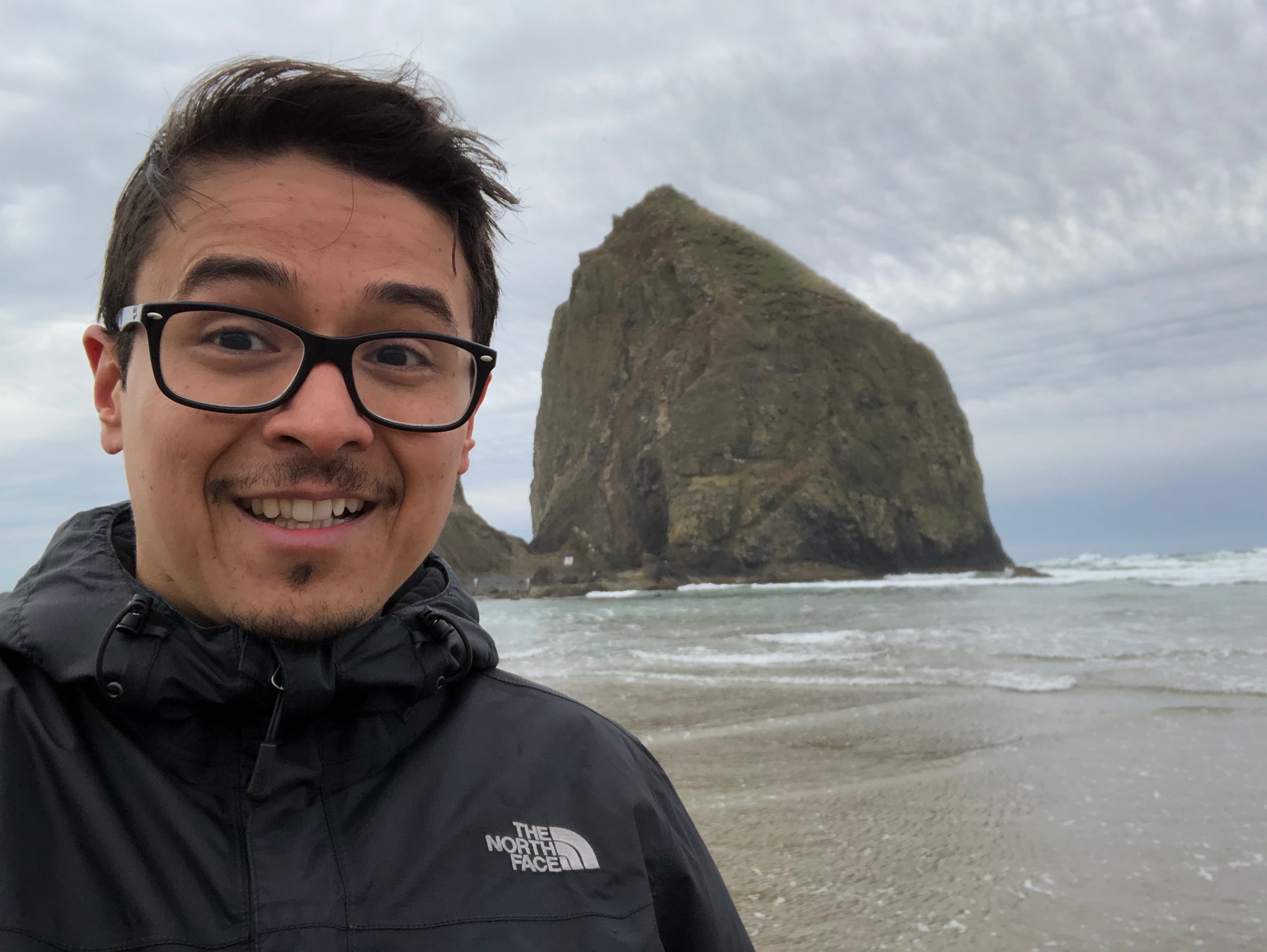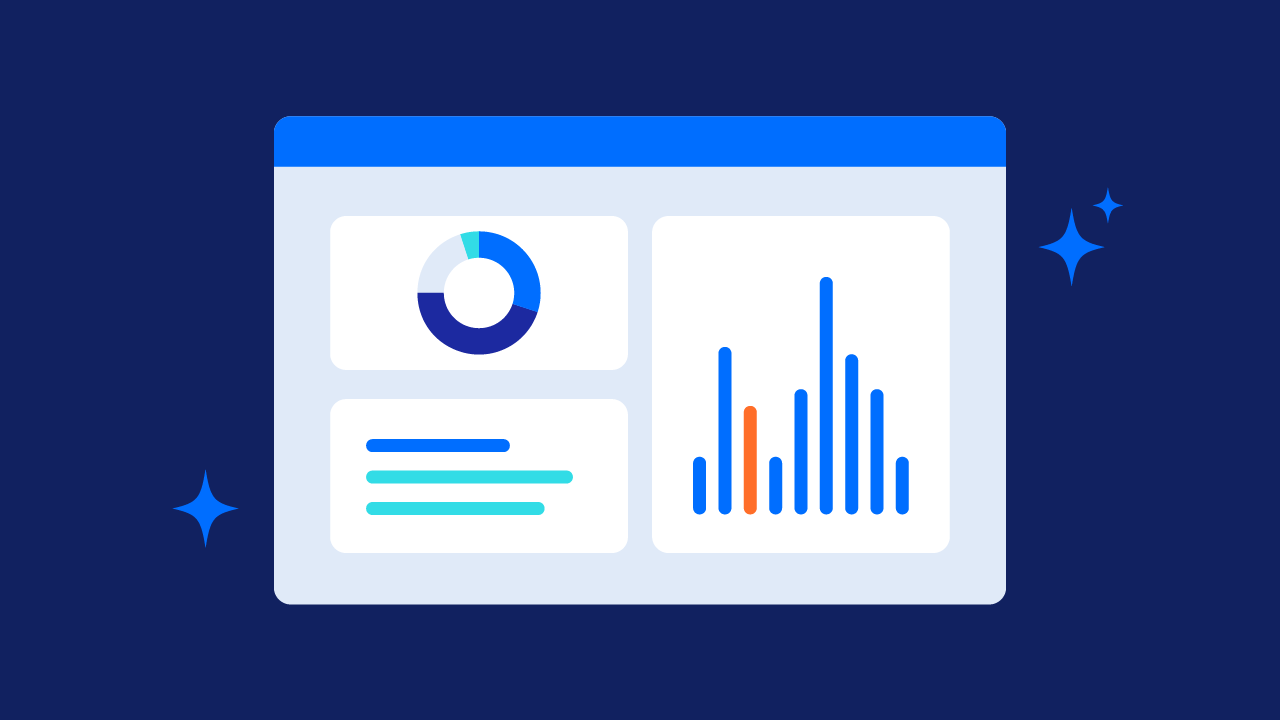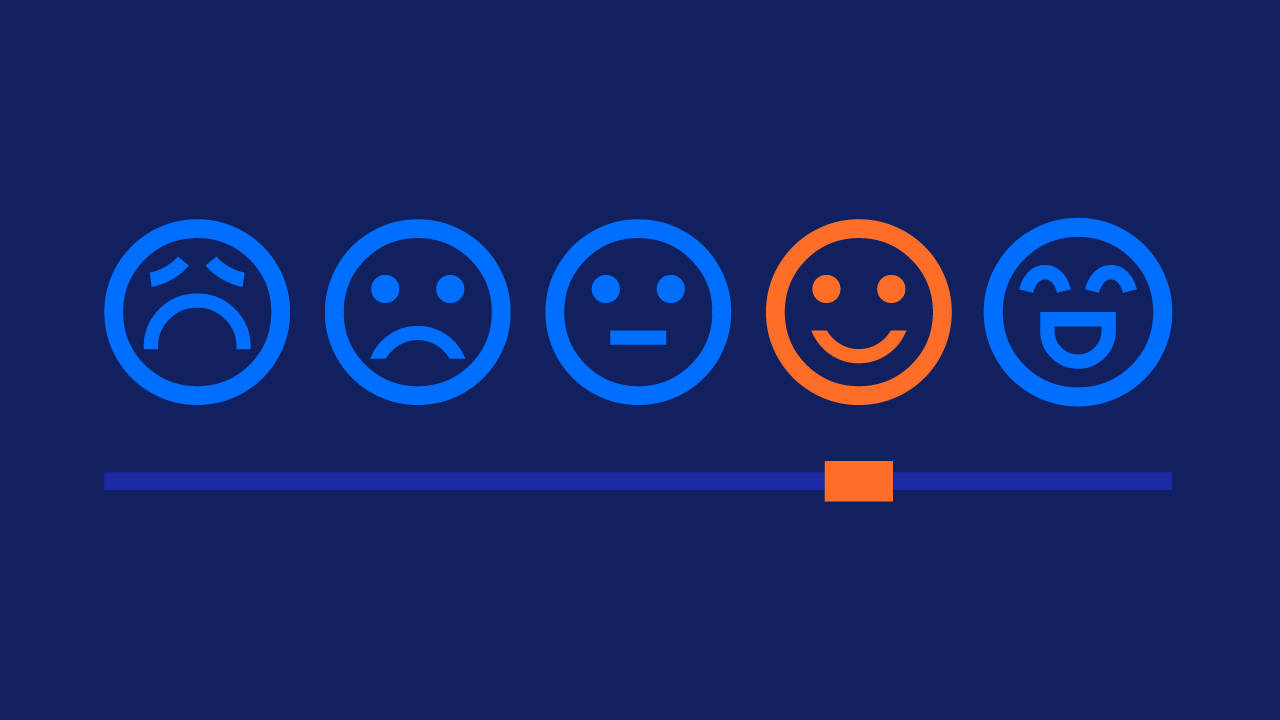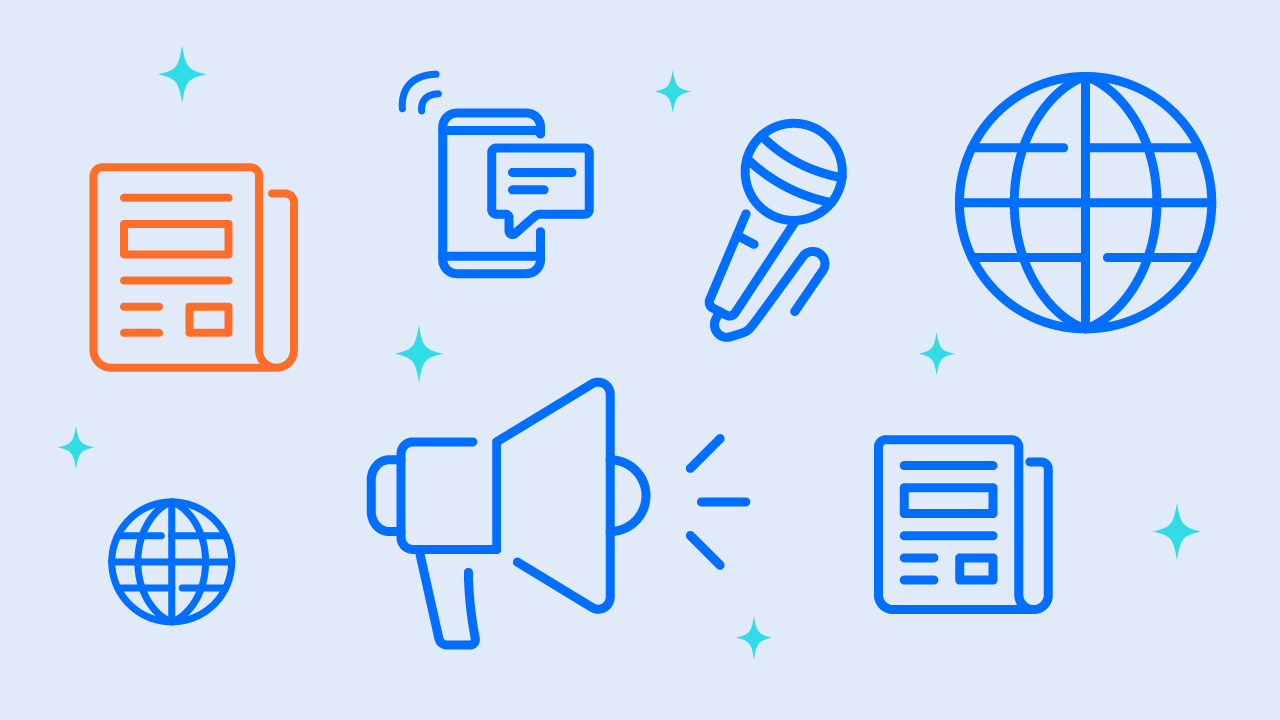“Two thirds of listeners do come back to a podcast later to continue listening, according to research of radio fans; but the same survey says 21% of listeners - one in five - never come back.” -James Cridland
Over the past several years podcasting has seen a boom in popularity and it seems like everyone from Joe Rogan to your neighbor have gotten in on the action. So how do you stand a chance at standing out among the thousands of people vying for the same audience?. Well, there is good news: For every listener there is a variety of genres and shows that they’ll listen to, so you don’t have to be The One Show they listen to, just one of the shows they listen to.
The stats around podcasting today really exemplify the range and variety of shows available for listeners to choose from:
- There are currently over 750,000 podcasts out for people to listen to [source]
- Over 30% of the US population listens to podcasts monthly [source]
- 49% of podcast listeners listen at home while 22% listen while driving [source]
- Podcast listeners subscribe to an average of 6 shows [source]
- The average podcast lasts about 43 minutes [source]
- The number of listeners who listen on their smart phone has increased by 157% since 2014 from 9.5 million [source]
All of these stats can be overwhelming when most of the podcasts that exist aren’t famous, but that fact doesn't make them unentertaining or not worth listening to. The reason that there are so many productions is because the demand exists. If you produce good content and remain consistent, the listeners will come.
Much of the time it may seem as though content producers are improvising and their ideas or questions are spontaneous, but I can tell you from experience that this is not the case.
There is an incredible amount of research and planning that goes into each episode, and this is where the talent portion comes in, as the technical aspect of producing content is something that can be easily taught.
That brings us to our tips.
5 Tips for Podcasting
1. Understand Why You’re Producing A Podcast
Every successful business has a mission statement. It’s a declaration of why you are doing what you do; it’s your goal or intention.
Most people will tell you that they want to do a podcast because it sounds fun— and I couldn’t agree more. You should have fun in producing your content. What I mean by my question is that it should aim to fulfill a purpose. Look to fill a niche or a gap in the podcast landscape.
Some of you may be thinking that everything has already been done. Although I don’t completely disagree, you could always tweak an existing idea enough to make it yours and unique.
Examples of successful and well produced- yet similar- podcasts:
Last Podcast On The Left & My Favorite Murder
The Joe Rogan Experience & Your Moms House
Revisionists History & This American Life
Each of these podcasts takes a similar concept- like true crime- and puts their own spin on it, earning each one of them a loyal, enthusiastic audience. If someone really loves a certain genre of podcast, they're most likely to going to at least try out every podcast available in that genre, then stick to their favorites over time.
What makes a favorite? Let's dive into our other tips to see.
2. Be Detail Oriented
It goes without saying that in order to put any production together it takes a team. In many cases, with podcasts it comes down to one person and one person alone.
The end consumer only ever sees the end product, so it can be easy to think that you can simply slap together a show, put it on the internet and call it a day. In reality, pre-production involves booking a guest and/or researching them or the subject matter being discussed.
I like to call these deep-dives in order to be able to pull out facts and information to steer the conversation throughout the actual recording of the show, which I consider the easiest of all.
The post-production is probably the most difficult as it requires an understanding of storytelling that comes into play during the process of editing. Packaging the final production into something worth listening to from a technical stand point may not be great at first, but with time and consistency it will.
Most won’t tell you that you’re also in charge of promotional material and strategy. So take your time with it and remain willing to grow and learn from your mistakes.
Which leads me to my next point.
3. Remain Flexible

The show must go on.
Everything from “no show” guests to technical issues mid-recording can and does happen when you’re producing— and you must remain flexible. (This recommendation comes from an experienced podcaster who has almost driven himself crazy trying to control every little aspect of the production.)
If you’ve ever been on the set of a large-scale video or audio production, you’ve probably seen a tightly wound 1st Assistant Director throw a cell phone across set because it vibrated too loudly when you were on location and nowhere near the shoot. Or maybe that was just my cell phone he threw at the craft services table.
Either way, you don’t want to be either of those guys.
If the air conditioner turns on and suddenly you can hear it on your headset, play it off and make it part of the show. (Or get someone to turn off the AC for the duration of the recording and edit that part of the broadcast, if possible.)
Relax and let it ride if it isn't so disruptive to the audio that your audience will be unable to hear you and any guests.
4. Promote & Gather Data
You are responsible for your own success.
As a content producer you have no one to blame for yourself if no one consumes your content. This goes into the planning and research. You could have the best hour of content ever produced, but if you’re not pushing it out across the social platforms where your target audience spends their time, then it doesn’t matter how good it is.
I’ve seen poorly produced shows get hundreds and thousands of listens due to the level of promotion by the content’s creators.
Post it on your own site and make sure that you’re strategic about the description, using keywords that are trending while remaining consistent with your own brand.
From there share the link on the social platforms relevant to your target audience of listeners: think Instagram, Twitter, Facebook, Tumblr, Snapchat and/or LinkedIn. Make sure that you’re tracking visits to your page. There are plenty of affordable- and even free- monitoring and analytics software out there if you’re on a limited budget.

According to Business Consultant, Rachaelle Tiara:
“You want to be aware of your audience’s activity- notice what time of day they’re the most active (you can find this info under 'insights'). Make a point to post at the same time each day, when you know your audience is likely to be active. Second, the algorithm favors posts that have lots of activity in the first hour after you post. So, if you get enough traffic on you in that first hour, Instagram will make your post visible on the discovery page- which means you will be seen by more people who are already interested in posts that are similar to yours. Make sure to use appropriate hashtags, as a lot of people follow specific hashtags."
That’s why it’s important that you’re strategic about every aspect of the process. Be accessible and front load the work and you’ll see the benefits long term.
When it comes to the promotional content you produce, it’s always good to use the highest-quality materials you can get. Keep graphics simple, snappy and on-brand. The caption you use with any graphics will take you further and boost overall visibility and Search Engine Optimization (SEO).
5. Hardware & Software
From experience I can tell you that it can become expensive to get a good production set up initially. For the most part, you’ll accumulate hardware as time goes on and start to upgrade slowly. The trick is to not get too ahead of yourself.
The price for equipment can be a good way to slow yourself down and see if this is truly something you want to do. I’d suggest starting with the basic microphone on your laptop. The sound won’t be the best, but it gets the job done.
Software can also come at a significant cost, but the good thing is that most computers have simplified audio capturing and editing software. I’ve continued using Garageband despite upgrading everything else, as it is easy to use and I don’t need all of the other extra production plugins that some other programs offer.
Regarding hardware, I started with the onboard microphone on my laptop. The sound was all over the place, but it was a start. As I continued, I invested in some condenser microphones that I bought online for about $30 each.
I’d suggest getting phantom microphones and using a small, affordable mixing board that can connect to your computer via USB. Many people choose to mix in the software itself- and that works- but I prefer to stick with the physical hardware as it allows for easy adjustments while recording.
Here’s an example audio file that I recorded only with these tools:
Land of Enlightenment Podcast Episode 059 w/ US Congresswoman Debra Haaland
Keep it simple and start off slowly. This is a surefire way to make it yours and keep it going for an extended period of time.
Final advice
My final words of wisdom would be that if you want to create a podcast then all you must do is try. Don’t let the pressure of making it good- or for reaching anyone other than yourself- keep you from taking the time to make something interesting.
Do it consistently, focus it on something that you are truly passionate about, work diligently at making it better with every challenge, and you’ll have a product that attracts listenership and engages everyone it comes in contact with.








